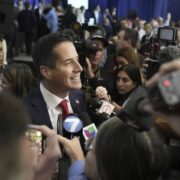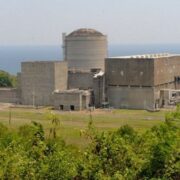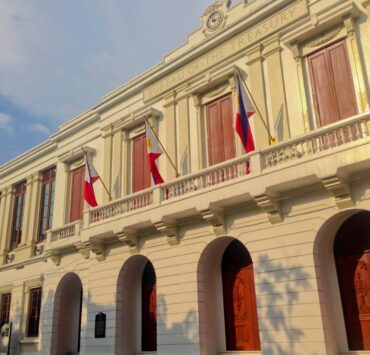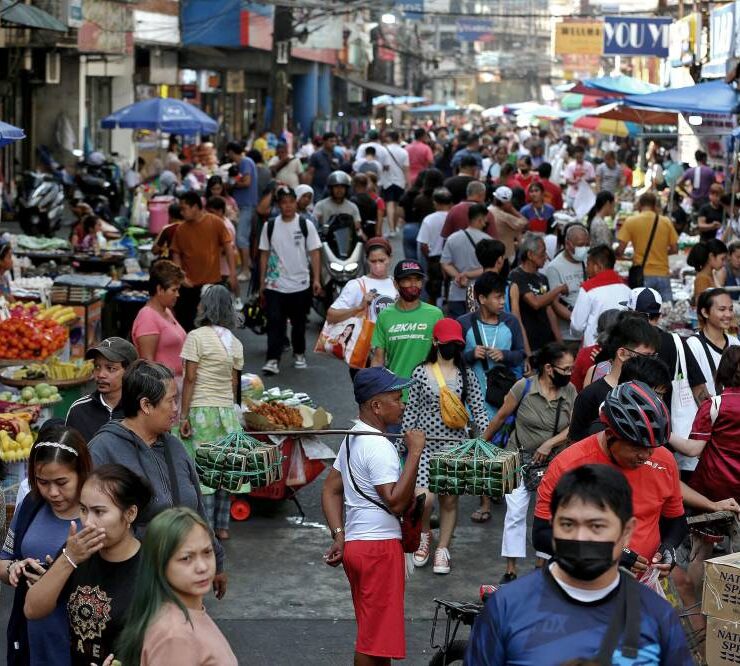PH Q1 growth ‘may be as good as it gets’ for ʼ25, economist says

The softer-than-expected economic growth in the first quarter was not entirely a letdown, but that might be the best kind of expansion that the Philippines could muster this year amid the tariff-induced global uncertainty that’s hurting business sentiment.
Miguel Chanco, chief emerging Asia economist at Pantheon Macroeconomics, said the US trade war would continue to weigh on companies’ expansion plans, which could prevent investments from making a bigger contribution to gross domestic product (GDP).
“The real test for fixed investment is now here, with the postpandemic catch-up finally over,” Chanco said in a commentary.
“We continue to doubt that this component will be able to improve quickly on its already-soft 2024 outturn of 6.3 percent, especially when adding into the mix the prevailing uncertainty from the US’s trade war,” he added.
At the same time, Chanco said the stellar growth of government spending early this year would be difficult to sustain, citing the need to cut the budget deficit back to prepandemic level.
Slowdown
For now, Chanco maintained his full-year GDP growth projection of 5.3 percent. If realized, it would mark a slowdown from the 5.7-percent expansion in 2024.
“Looking ahead, we reckon the first quarter will be as good as it gets for the Philippines this year,” he said.
“Crucially, the economy enjoyed a broad-based improvement in activity—as we expected—which has really just been masked by a big bounce in imports, a positive sign in and of itself,” he added.
Latest data showed GDP had expanded by 5.4 percent year-on-year in the first three months. That was slightly faster than the 5.3-percent growth in the preceding quarter, but weaker than the 5.9 percent clip recorded in the same period last year.
At the same time, the figure fell short of the 5.9 percent median estimate of 12 economists polled by the Inquirer.
Analysts said the specter of global trade war bruised business confidence. Gross capital formation—the investment component of the GDP—grew by 4 percent in the three months ending in March, slowing down from 5.5 percent in the preceding quarter.
Consumer spending
Amid the global trade storm, the economy drew most of its strength at home. Consumer spending expanded at a higher rate of 5.3 percent from 4.7 percent previously, thanks to easing inflation.
Notably, government expenditures jumped by 18.7 percent from 9 percent before, as agencies might have front-loaded their disbursements ahead of the election-related spending ban.
Chanco said household consumption, a traditional growth driver, “should fare better this year.”
“Encouragingly, inflation continues to subside rapidly, which should take some pressure off household budgets while simultaneously stoking a recovery in consumer confidence,” he said.





















